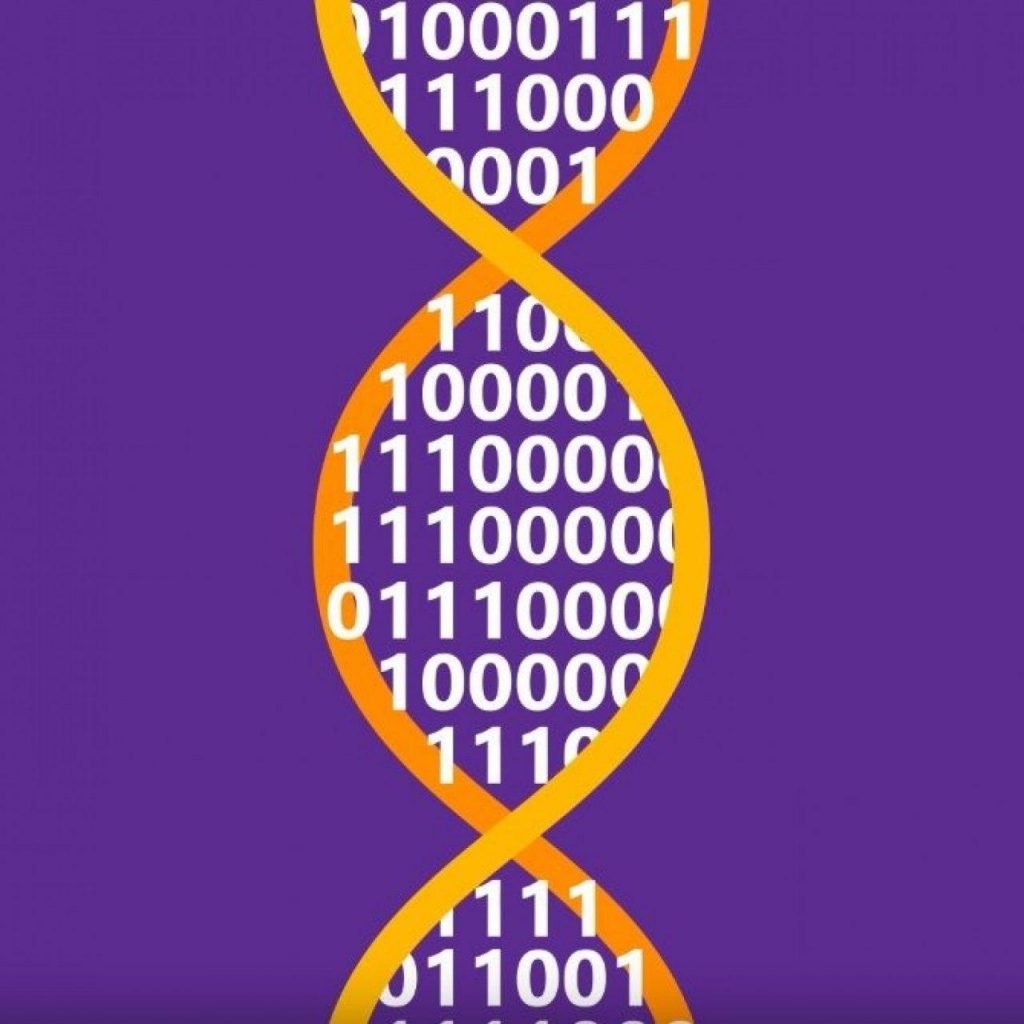David Turek, CTO at Catalog, a groundbreaking organisation in DNA-based data storage was interviewed recently about their new tech called Shannon.

Beyond the memristor and other exotic data storage methods, the practice is considered by many as the next frontier of storage (and reading back) bits and bytes at exascale. Here is what Turek had to say about the Shannon prototype of his company:
What is Shannon?
In honour of Claude Shannon, who is regarded as the ‘father of the theory of information’, it is named Shannon. To explore the storage and computational problems associated with the ability to encode data in DNA, Shannon is still a comparatively early stage prototype. It is not yet ready to be sold commercially.
“Shannon is a writer. At present, it can write about data at approximately 10 Mb/sec, but we have found ways to enhance the architecture to hit gigabit speeds per second. Reading the data back is achieved from the kinds of equipment used for DNA sequencing. We are using Oxford Nanopore Technologies machines in our case.
Working
Data is interpreted as a string of 1s and 0s in conventional computing. Compressed data representation is also interpreted as a string of 1s and 0s and can be encoded into DNA. Hence, any traditional data compression method can be managed by Shannon. As such, in our encoding scheme, any standard digital compression algorithm used in digital representation can be applied.

” Because of the way we encrypt data, we will further minimise the volume of data contained in DNA. And that will reduce the number of molecules used to represent the data. In a sense, we compress data at the same time in both traditional and novel ways; we do conventional compression in a standard way on input data, and then we take the compressed representation and compact it further in its own way. In the DNA encoding scheme, we take the compressed representation and compact it further by lowering the number of molecules used to represent the previously compressed digital input material. We can generate 186 GB of compressed data with Shannon in total [as it stands].”
Shannon’s future
“In many ways, we can increase Shannon’s capacity. For instance, within the machine, we can change the chemistry, we can speed up Shannon’s mechanical aspects ( e.g. make the webbing move quickly through the machine), and we can change the configuration of the print head.”
“These are only a few of the mechanisms that we can adjust. And that will increase throughput and capacity on Shannon. Mass Manufacturing challenges can be solved on the basis of what our early customers teach us about their use cases. In general, we would consider the introduction of higher degrees of automation as the path to mass acceptance of the solution.”
“Shannon’s miniaturisation will be the product of in-house experiments of chemistry and engineering, along with keen research on how consumers will like to use the system. It is premature to comment about the device’s form factor.”
How much is it going to cost?
” Planned cost savings in design enhancement and informed by market demand will be the final version’s retail price will be a determinant. Over the next year, this will become evident.”
“The media is either DNA in a solution or in anything like a very small pebble in a desiccated state. In either form, the sum of data you write is likely to be stored in a volume less than a single test tube. There is no analogous concept in conventional media to write protection; data is retained at almost no expense by producing copies of the encoded DNA.”

2 Comments
Pingback: Same but different: Twins might be Identical but the DNA might not - Craffic
Pingback: This new gene-editing tool by Harvard scientists could rival CRISPR - Craffic